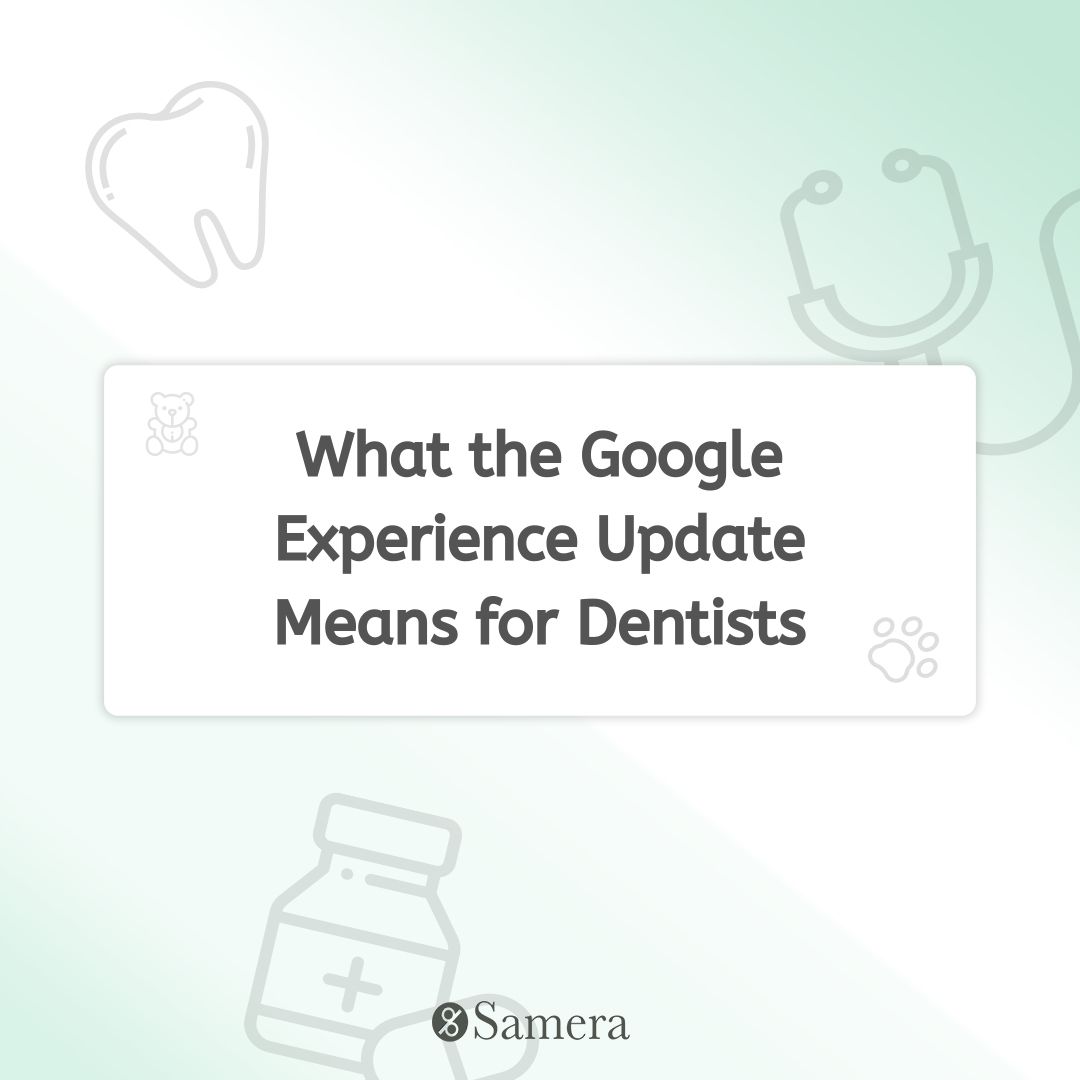Dentists can make websites themselves fairly easy using platforms like WordPress and Wix. These platforms make it fairly straightforward for anyone to build a simple website without any knowledge of coding. They’ll even make it easy for you to host the website on their servers without any real training or specialised knowledge.
But how do you make the website stand out? How do you make it rank highly in Google?
Keep Your Website Simple
If you’re going to create your own website, it may be best to keep things simple at first.
Your homepage should take the most time to create since it is the first thing most visitors will see, it’s your first impression. Make sure you have your logo and branding, images of the practice and the team and links to all your most important pages. These will usually be your treatment pages and your fees page.
Try to keep the number of pages low at first – around a dozen to start off. Instead of a page for each treatment, have a page for all of your orthodontic services, another for all of your cosmetic services and another for all of your general treatments. Instead of a page for each team member, just have a page for the whole team.
Once you get more confident in your design and SEO abilities, create individual pages for each treatment and team member and see how highly you can rank them in Google.
The website also needs to be easily navigable. Keep the menus simple and clearly labeled. A good task is to show the website to a friend and ask them to find something specific. If it’s hard for them to find, it’s hard for patients to find. If it’s hard for patients to find, they will give up looking.
Action Plan
When designing your website, focus on simplicity. Prioritize your homepage with essential elements like your logo, practice/team images, and key page links. Initially, keep the number of pages low, grouping similar treatments and team members together. Ensure easy navigation with clear menus. Test usability by asking someone to find specific information. Simplifying your website enhances user experience and engagement.
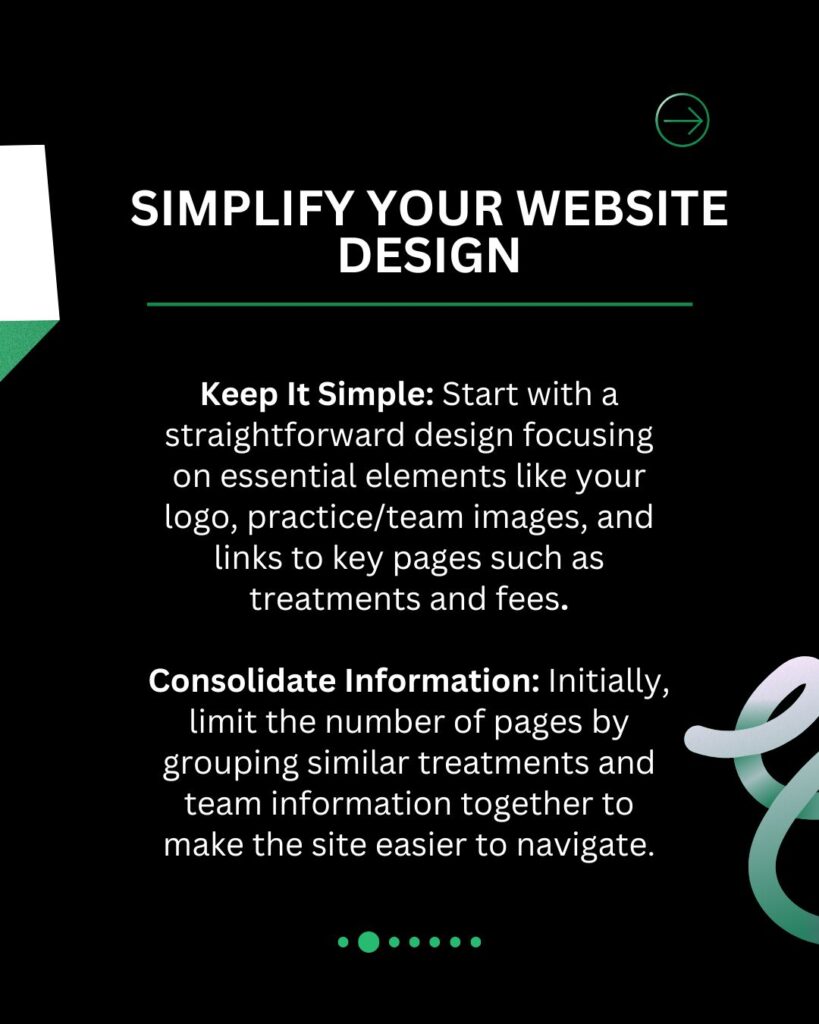
Use Call to Actions
If your website could only have one element on it, it should be a call to action. In simple terms, the job of a website is to get customers and patients to click a certain button, fill in a certain form or phone a certain number.
Set up an online booking portal like Software of Excellence for your website as soon as you can and put a big, clear ‘book online’ button on each page.
Get your practice’s telephone number and email address onto every page as well. A good way to do this is to include them in the header or footer of your website so they automatically appear everywhere.
Next, you want to include a contact form on every page. Keep them simple – the more information you ask for, the fewer patients will send a contact form! Ask for their name, a way to contact them and their query. You can then set yourself a notification anytime it is filled in so you can contact the lead immediately.
Action Point
Ensure your website features prominent call-to-action buttons, such as “Book Online” for appointment scheduling. Display your practice’s contact information, including telephone number and email address, prominently on every page, typically in the header or footer. Additionally, include a simple contact form on each page to capture visitor inquiries efficiently. Simplifying the form fields encourages more submissions. Set up notifications to promptly respond to inquiries, optimizing lead conversion.
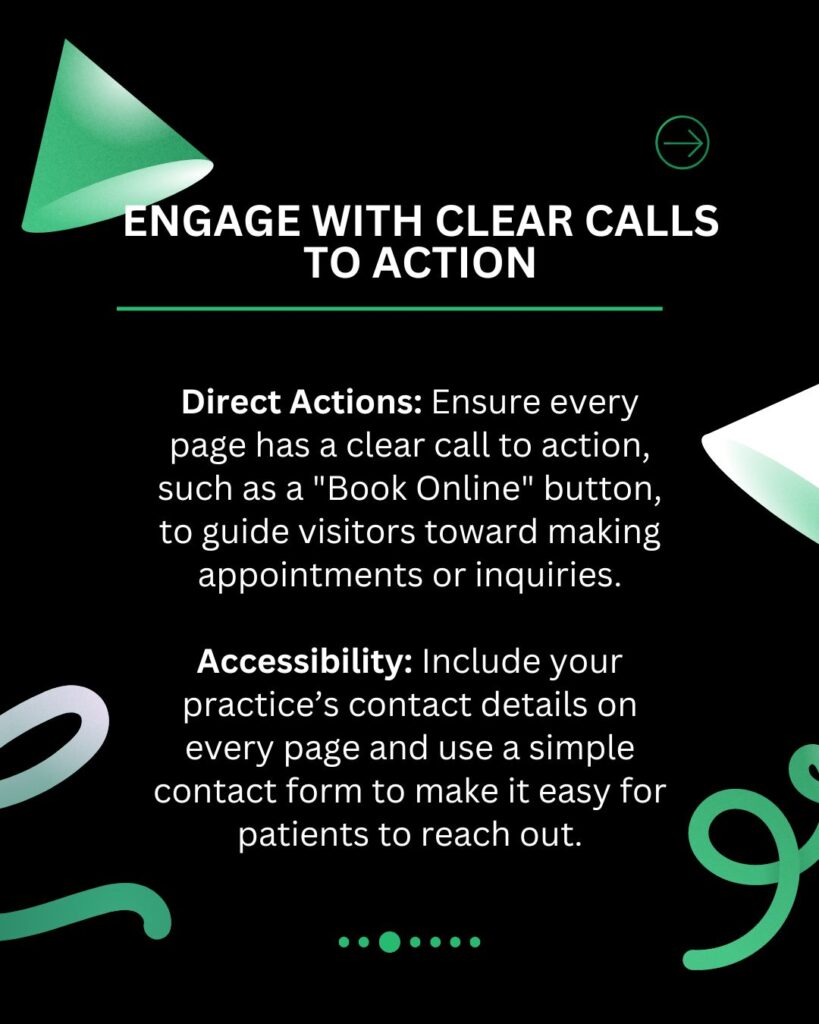
Using Images on a Dental Website
The next step is to make it visually appealing. Remember that speed is essential to a good website so keep the image size and resolution small. Don’t start adding huge 500Mb HD images to each page, you’ll only hamstring your speed. You can find free tools to shrink and compress images online so make sure they are only as big as they need to be. 300/600px on each side is enough for most screen sizes.
Get your best images of the team, the practice and the local area together and pepper them throughout the site. It’s fine to use stock images from websites like unsplash and shutterstock if you do not have any, in fact, some designers prefer it. However, you might run the risk of your website looking like many others – there’s only so many stock photos of dentists out there!
Action Points
Optimize image size and resolution for fast loading times, aiming for around 300/600px on each side. Incorporate high-quality images of your team, practice, and local area to personalize the site. Balance authentic imagery with stock photos to maintain uniqueness.

Make Your Dental Practice’s Website Fast
Speed has become the key to a great website. Google has been putting more and more emphasis on the speed of a website in recent years and it is now one of the key metrics they use to rank websites. In other words, the fast your website, the higher it will rank.
There are lots of ways to keep load times down and the website fast. We often find the worst culprits are images on the page. However, any widget can slow a website down so play around with different layouts and functionalities until you find the balance between user experience and speed.
Plugins like Lazy Loader can help with your website’s speed by prioritizing what images and videos are loaded in what order. Make sure you do regular speed checks on your website to ensure it doesn’t start slowing down and costing you SEO!
Action Points
Ensuring fast load times is crucial for website performance and SEO ranking. Prioritize optimization techniques such as image compression and lazy loading plugins to maintain speed without compromising user experience. Regular speed checks are essential to prevent slowdowns and maintain SEO effectiveness.
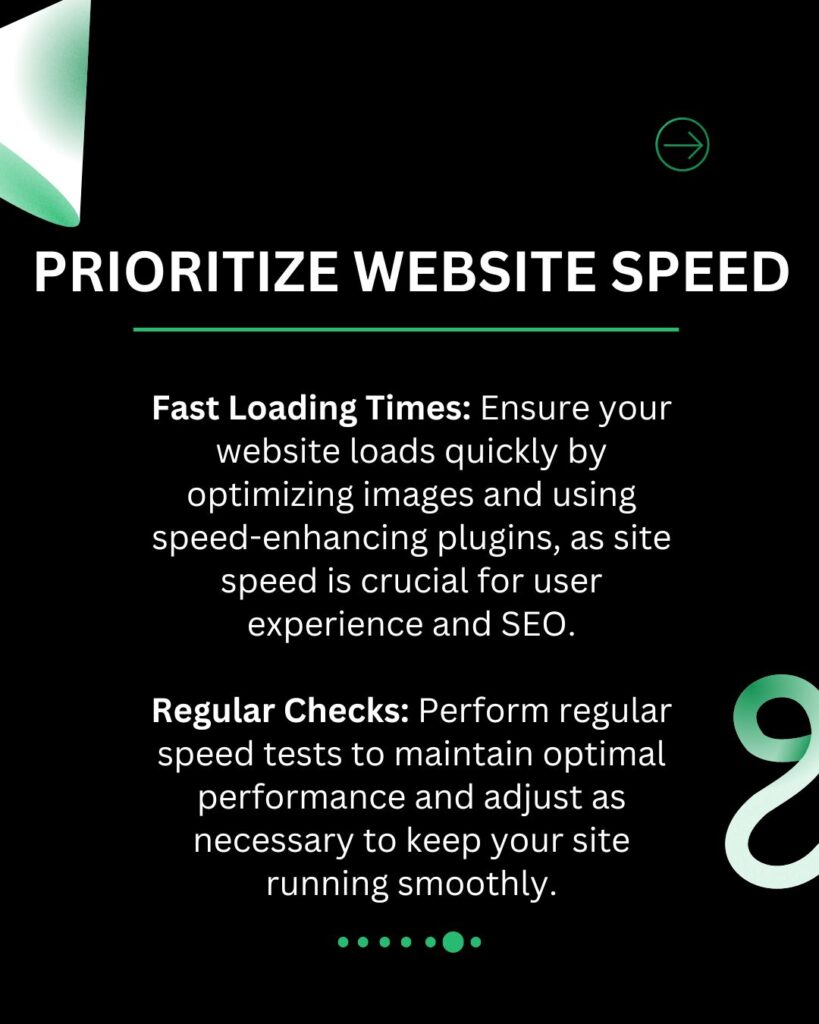
Check the speed of your website here.
Local SEO and Dental Websites
Creating a website for a dental practice is not quite the same as building a website for an e-commerce business that can ship products far and wide. You main customer base is going to be your local area and the surrounding regions. This is where your local SEO becomes important.
Google ‘dentist near me’ and you’ll see a selection of dental practices within about a mile or 2 of your location. That is local SEO at work.
Register your website on Google My Business, which allows a practice to be listed for free, with information such as opening times, directions, services and images. This is the directory Google uses to store your information and match it up to local searches like ‘dentist near me’.
You then want to find other local business directories online and get your practice registered on them. Independent online business directories like Yelp and local councils will let you list your business and boost your local SEO. Make sure your name, address, phone number and website are listed on as many local and national business directories as you can find.
You also want to make sure you pepper your location throughout the text on your website. If you’re a dentist in York, make sure you’ve got ‘dentist in York’, ‘York Dental Practice’ and other, similar variations mentioned in the text of your website.
Action Points
Local SEO is crucial for dental practices aiming to attract patients from their immediate vicinity. Registering your practice on Google My Business and other local business directories enhances visibility in local searches like “dentist near me.” Ensure consistent NAP (name, address, phone number) listings across directories to reinforce local SEO efforts. Integrate location-specific keywords throughout your website’s content to optimize for local searches and attract potential patients in your area.
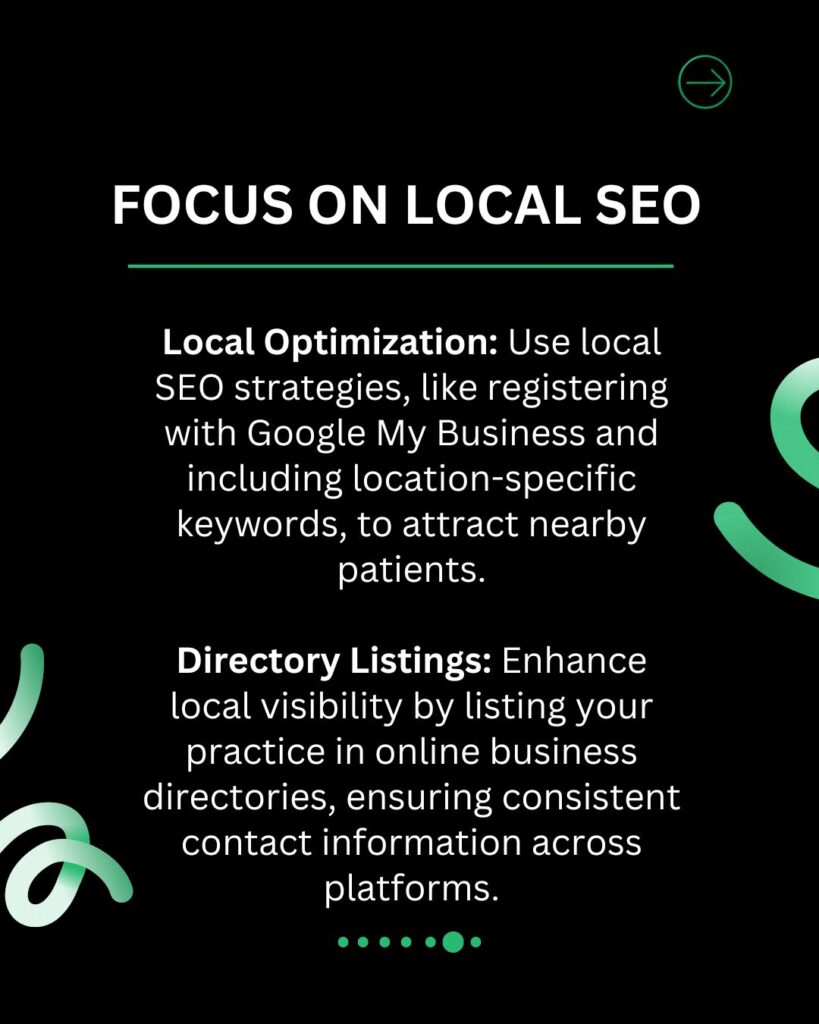
Make it Mobile-friendly
Mobile internet usage now accounts for over 50% of all online activity. This has huge implications for the way your website needs to be designed. What looks great on a desktop might not (and probably won’t) look good on a mobile phone or a tablet. In fact, there’s a good chance it doesn’t even function properly if you haven’t tested it.
Test and preview your website on mobile. In fact, you should be building your website with a mobile-first attitude. Your links, buttons forms and multimedia all need to look and work just as well as they do on desktops. Most of your traffic is going to be coming from mobile phones and that is only going to increase.
Action Points
Optimizing your website for mobile is crucial as over 50% of online activity now occurs on mobile devices. Ensure seamless functionality and a great user experience on smartphones and tablets by testing and previewing your site on various devices. Prioritize mobile-first design by ensuring all elements like links, buttons, forms, and multimedia work effectively on mobile. With mobile traffic on the rise, optimizing your website for mobile usage is essential for engaging users and driving conversions.
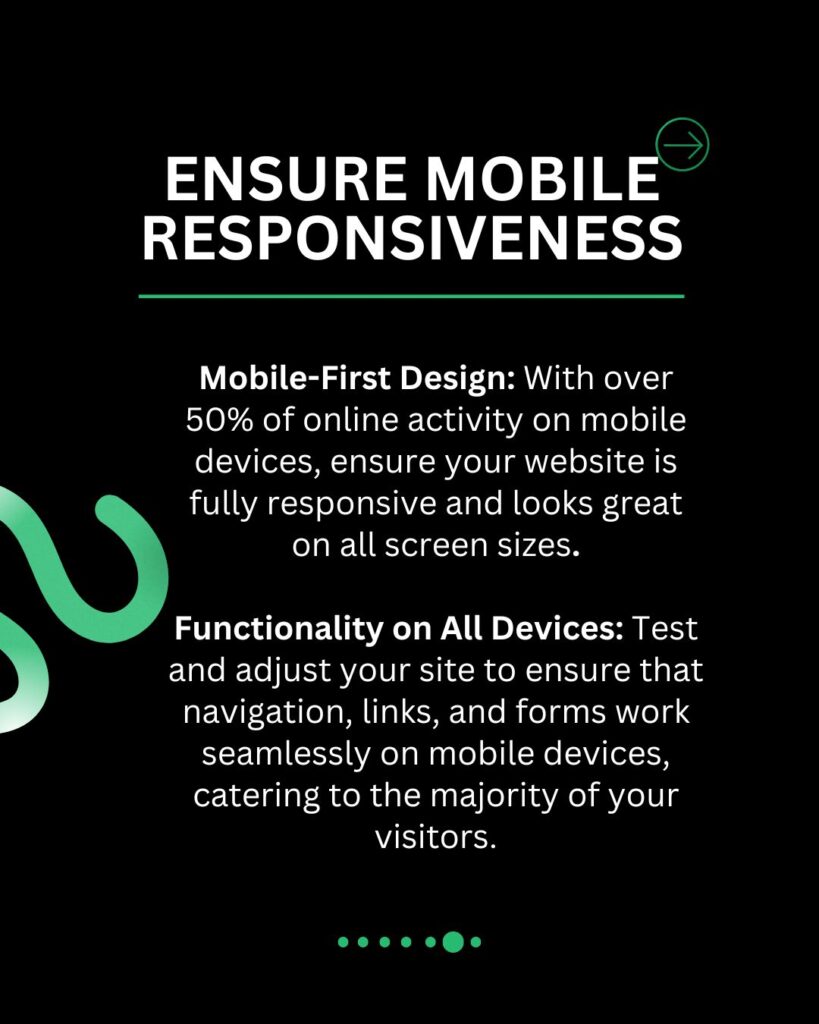
Make Use Of SEO Techniques
Search Engine Optimisation (SEO) is one of the most important aspects of building a dental website that converts patients. Most people access your online content by using a search engine like Google. This means that you want your dental practice to feature highly in search results – higher than your competitors at least! Making good use of SEO techniques helps you to make this happen. These are aspects you need to effectively digitally market your practice. You need to:
- Make sure that all online content is easy to read.
- Think about the keywords that you use, include long-tail keywords, use keywords in titles and sub headings and use locations in your keywords.
- Keep all of your online content fresh.
- Include internal links and make sure external links are relevant and to reputable websites.
Action Points
To improve your dental website’s visibility and attract more patients, prioritize SEO techniques such as optimizing readability, incorporating relevant keywords, updating content regularly, and using internal and external linking effectively.
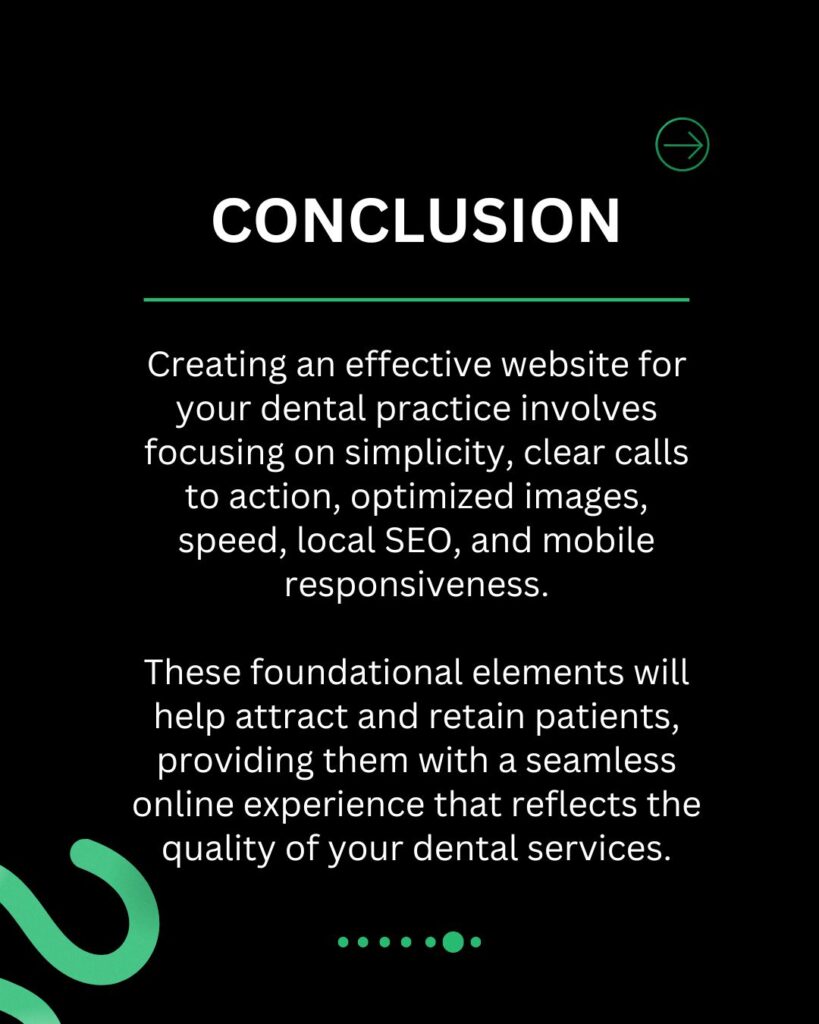
You can learn more about SEO for dental websites here.
If you want to see how we built our dental practice’s website, check out The Neem Tree website.
Our Expert Opinion
“Your website is your main weapon when it comes to getting patients (speaking as a marketer). Your website is one of those things that I will always say it’s worth paying more for. Ads, content, social media, that can all be done very effectively on the cheap. Your website cannot be done cheaply and it’s not something I’d recommend keeping in-house.
Pay a professional to make a really fast, well-built, effective website that ranks on Google. I promise it will be worth it. Keep in mind that there are a lot of developers out there who really aren’t that good and will charge through the nose. Get several quotes, get their testimonials and I can’t stress enough how important it is to get examples of other websites they’ve made first.
Make your website mobile-first, check it regularly and work as hard as you can on the SEO to get it to the top of Google.”
Chris O’Shea
Head of Digital Marketing
Marketing a Dental Practice: Further Information
For further information on how to effectively market a dental practice, check out our Learning Centre here, where you can find articles and webinars like our guide How to Market a Dental Practice.
Make sure you never miss any of our articles, webinars, videos or events by following us on Facebook, LinkedIn, YouTube and Instagram.
Reviewed By:


